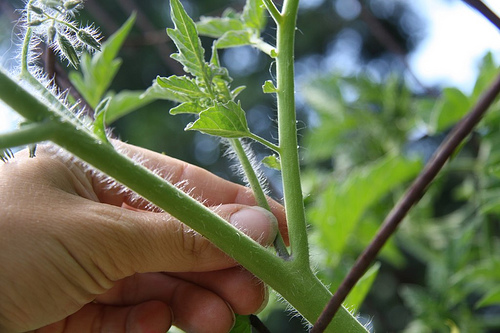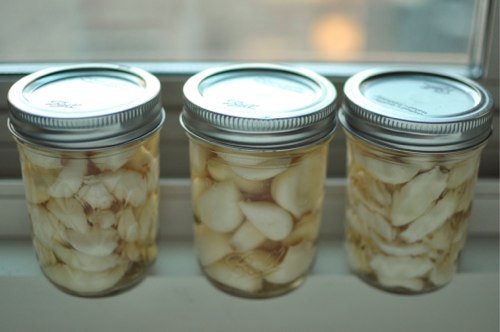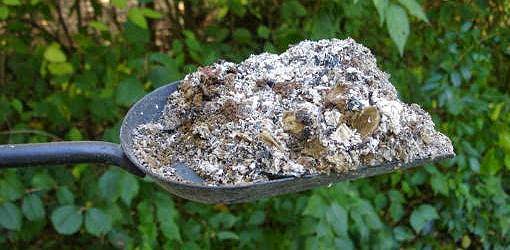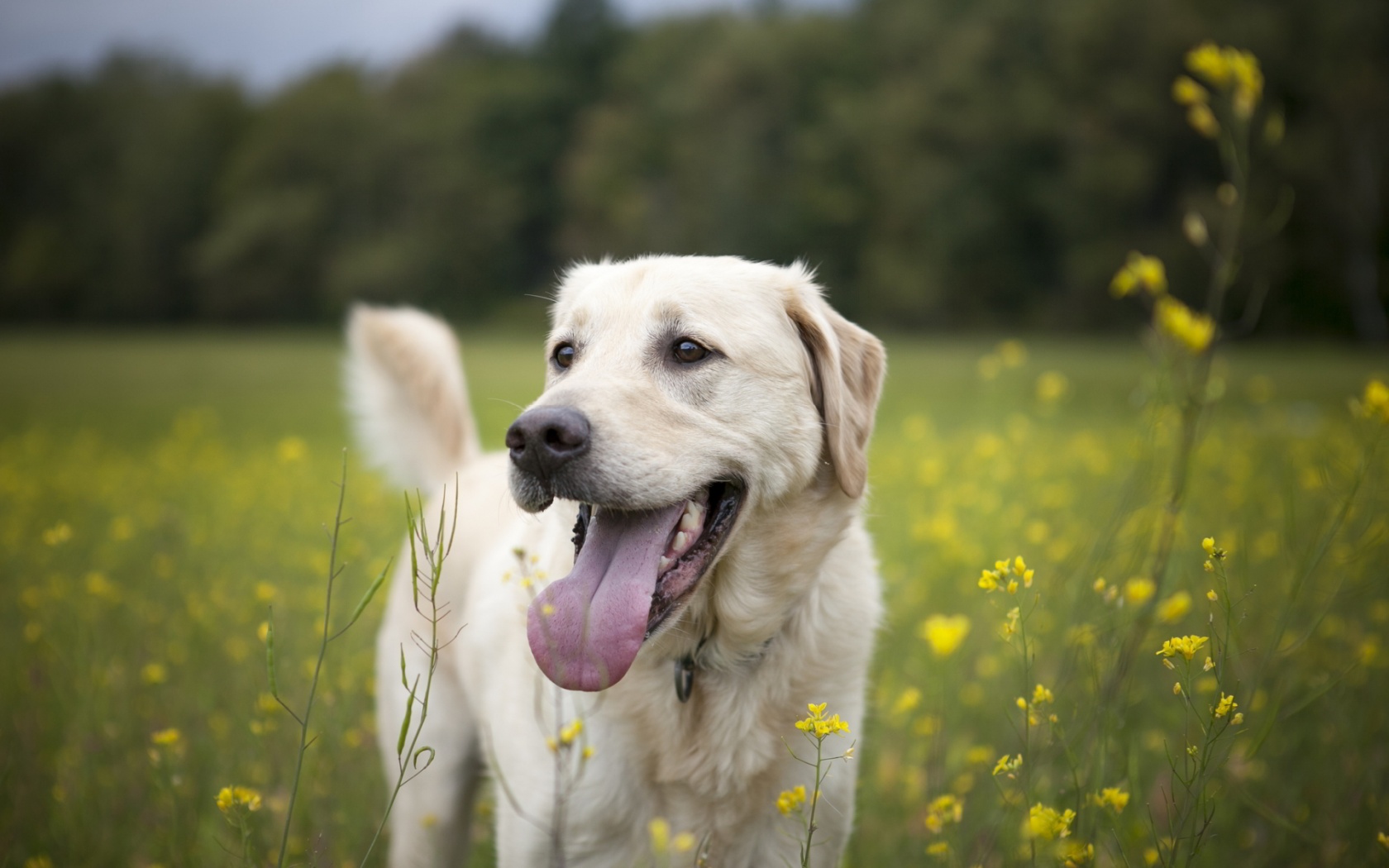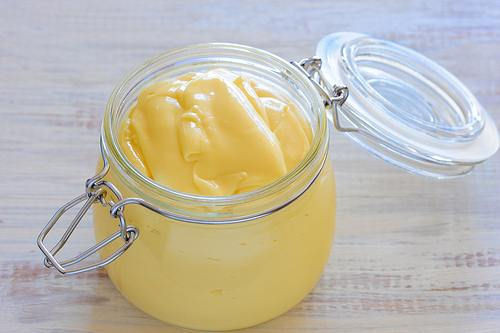Getting the Kids Involved with Homesteading
If you have kids in the modern world, you probably know how quickly and easily they can become attached to electronic devices and the “easy” way of doing things. Of course, you can relate, as you are reading this on the Internet. However, you know how important it is for the kids to strike that … Read more


